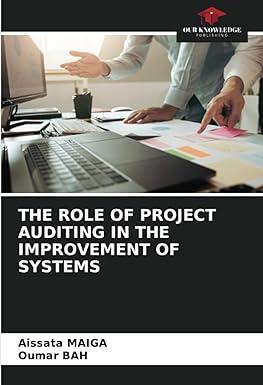Answered step by step
Verified Expert Solution
Question
1 Approved Answer
P8-46A. Capitalize Iong-term asset costs and several depreciation methods (Learning Objectives 2, 3, & 9) 20-25 min. On January 3, Jose Rojo, Inc., paid $224,000


Step by Step Solution
There are 3 Steps involved in it
Step: 1

Get Instant Access to Expert-Tailored Solutions
See step-by-step solutions with expert insights and AI powered tools for academic success
Step: 2

Step: 3

Ace Your Homework with AI
Get the answers you need in no time with our AI-driven, step-by-step assistance
Get Started


